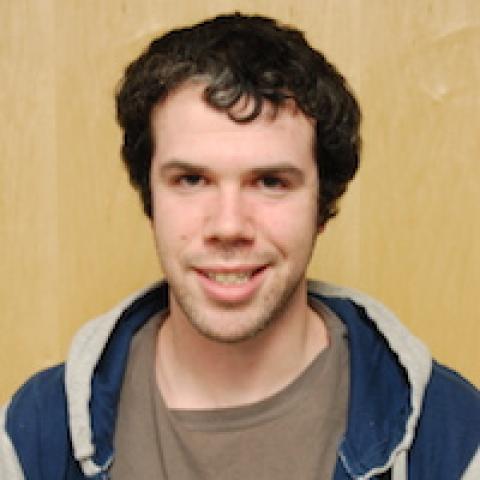Abstract
Abstract - Smooth pursuit predicts future target motion. Recent evidence suggests that pursuit may be modeled as a form of Bayesian cue combination, with extraretinal (prior) and sensory (likelihood) cues trading off in proportion to their respective reliabilities. This can be tested by statistical manipulation of the reliabilities of prior and likelihood. We studied pursuit of clear and noisy random dot kinematograms (RDKs) with mean directions of different levels of predictability. Mean RDK direction was chosen on each trial from a Gaussian prior, SD = 10° or 45°. The direction of each dot on each frame was each chosen from a Gaussian likelihood, SD = 0° - 60°. Pursuit direction remained close to the prior early in pursuit, when functions relating eye direction to mean RDK direction showed shallow slopes. Slopes increased over time at a slower rate for noisier RDKs, reaching values close to 1 as late as 600 ms after the onset of target motion for the noisiest RDKs. Slopes increased at a faster rate with the wide prior. With the narrow prior, SDs of pursuit direction were low for all levels of RDK noise. With the wide prior, SDs of pursuit direction were higher for the noisier RDKs. Results were analogous in a related perceptual task. The results could be accounted for by a model in which the direction of pursuit over time depended on a weighted combination of an extraretinal prior and sensory likelihood, with weights depending on their relative reliabilities, and the reliability of the likelihood representation increasing over time. The bias of pursuit direction due to reliable priors was accompanied by reduced directional variability during pursuit of noisy RDKs. The results suggest that a benefit of prediction (priors) for pursuit (similar to other types of Bayesian cue combination) is to reduce error in pursuit direction when stimuli are noisy.

